Carving platform
Carving platform
Table of contents :
A carving platform
Here is a platform that is used for holding a wood piece of any shape on the bench, in order to work on it, under any angle.
This platform was initially planned for wood carving, but it can be useful for many other activities, like planing, sanding, etc …
This version was inspired by a commercial design that can be (with difficulty) found. I show here a way to make one yourself, and also the way I have personally chosen to hold it on the bench.
So it is a circular tray, which can rotate on the bench in order to work under any angle on the piece gripped on it.
- The work-piece is held by three aluminium stops. Two stops are fixed, and can be inserted in any chosen hole of the platform, according to the contour of the piece to be gripped.
- The stops can be more or less driven into the holes, so that to leave out only the minimum required to hold the piece.
The third stop is mobile, it is installed on a slide that travels along a radius of the circular tray.
The following picture shows the details of this slide. Here is how it is done :
- In the center of the tray, a cylindrical aluminium core is inserted in the wood.
- On its side, a hole supports the end of the screw (made of a threaded rod, with a shoulder).
- A slot is cut across the tray until its center.
- On each side of the slot, a groove is cut with a groove router bit. They will allow the mobile nut to slide into them.
- On the screw, the sliding nut is made out of two hex nuts, soldered onto a flat steel sole (that slides in the grooves). On that sole, a rectangular steel piece is soldered.
- The steel nut is bored in order to receive the same aluminium stop that will hold the work-piece.
- On the external side, sunk into the tray, a steel plate holds the end of the screw. The screw has an hexagonal tip, for handling.
- A crank (the button is out of boxwood) is made with a piece of flat steel, brazed onto a 6 mm hex socket.
The picture below shows the big crescent/croissant shape stop that is inserted in a hole of the bench. It will be used for breaking down and stopping the tray on the bench.
Here is an example of a grip. The tray is held between the crescent stop and the sliding stop of the vise.
One can imagine other ways to hold the tray on the bench, especially using a central screw that would go through a hole in the bench top and that would be tightened with a wing nut under the bench.
In my particular case, the underside of my bench has a drawer and thus I preferred the solution shown here.
Here, I’m gripping a violin plate for a scraping job.
And here is a little video presenting this platform (sorry it’s in French only, but images are quite self explaining). You can see also my two handed gouge in action in it:
Eventually, these three pictures are showing a simple way to mill an hexagonal head on the metal lathe :
- You need to draw and cut in plywood a star shape template. Put it on the rod between nuts, as shown on the first picture.
- You hold the rod in the tool post (adjustable in height).
- Use a 4 teeth bit installed in the chuck of the lathe.
- Once the first face is done, helping with the template, you rotate the rod by one 1/6th of a turn. You need to keep the two arms of the star well horizontal. The precision is amply sufficient for making an hex head.
Do not hesitate to leave me a comment, here or on Facebook, or on HomemadeTools.net.
Thanks !
Christophe.

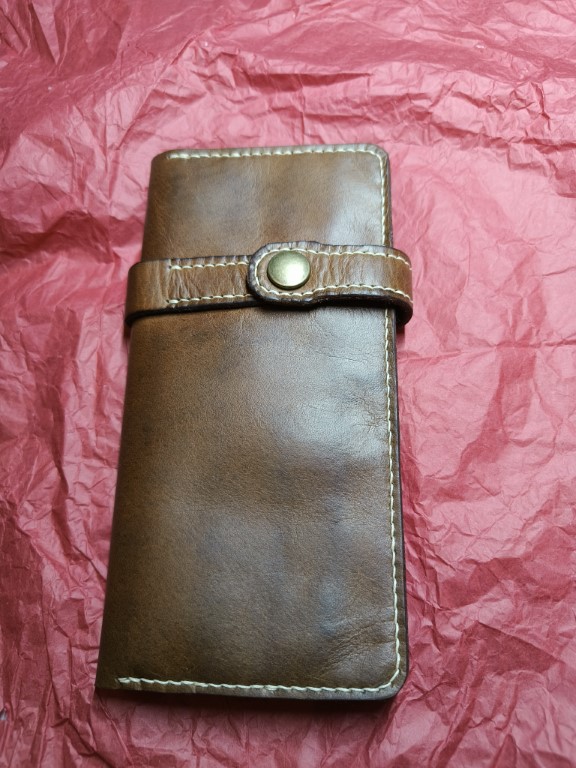
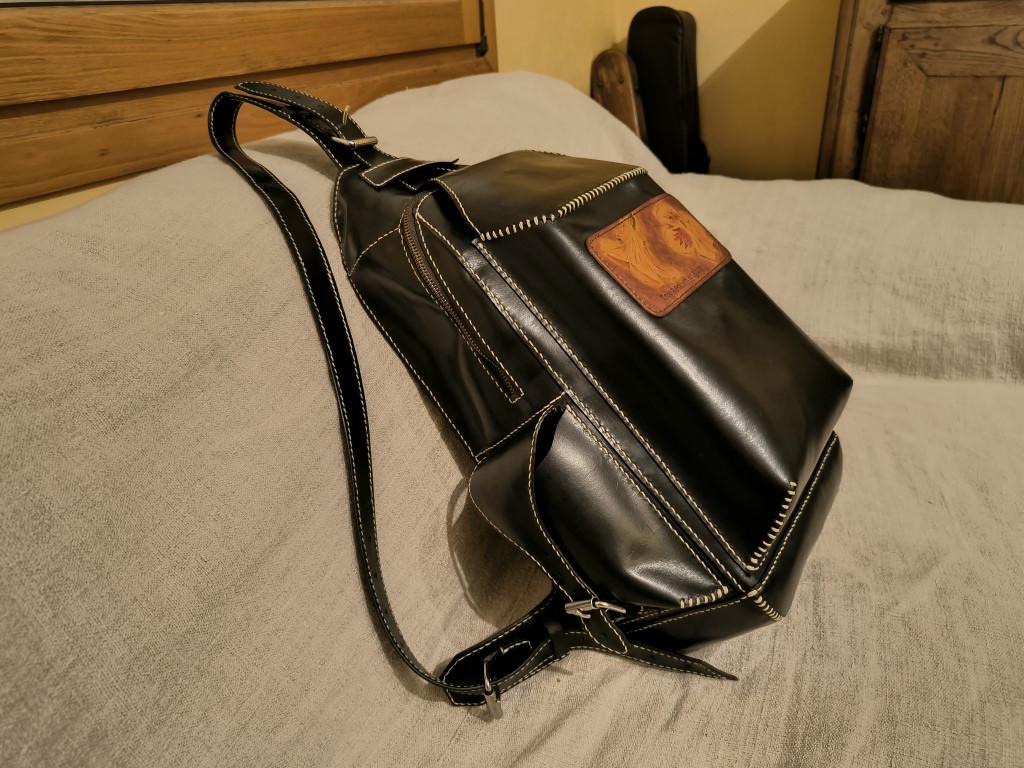
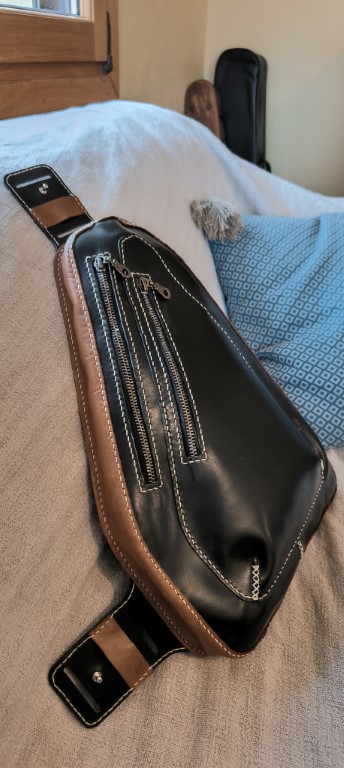
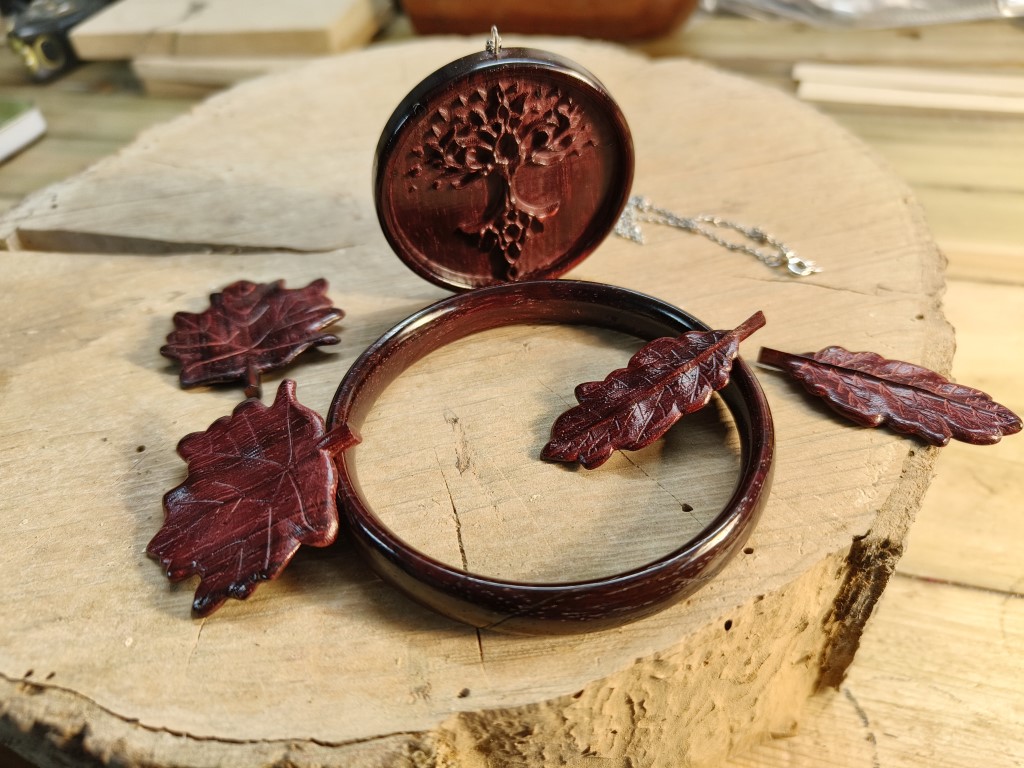
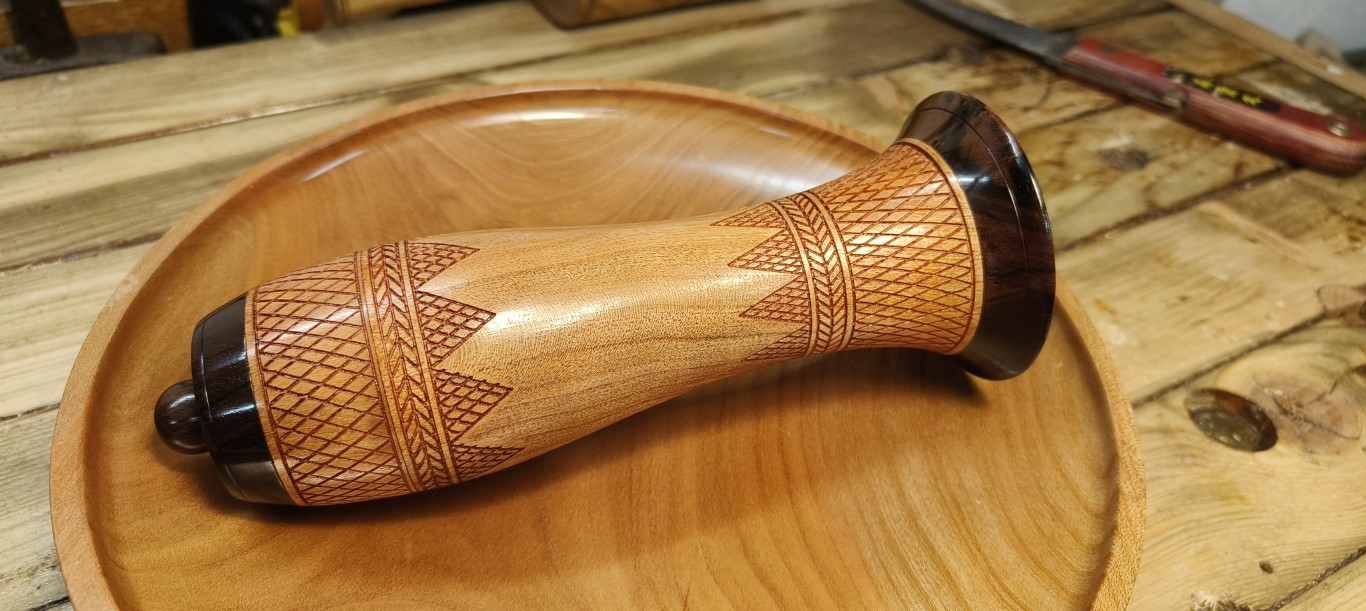


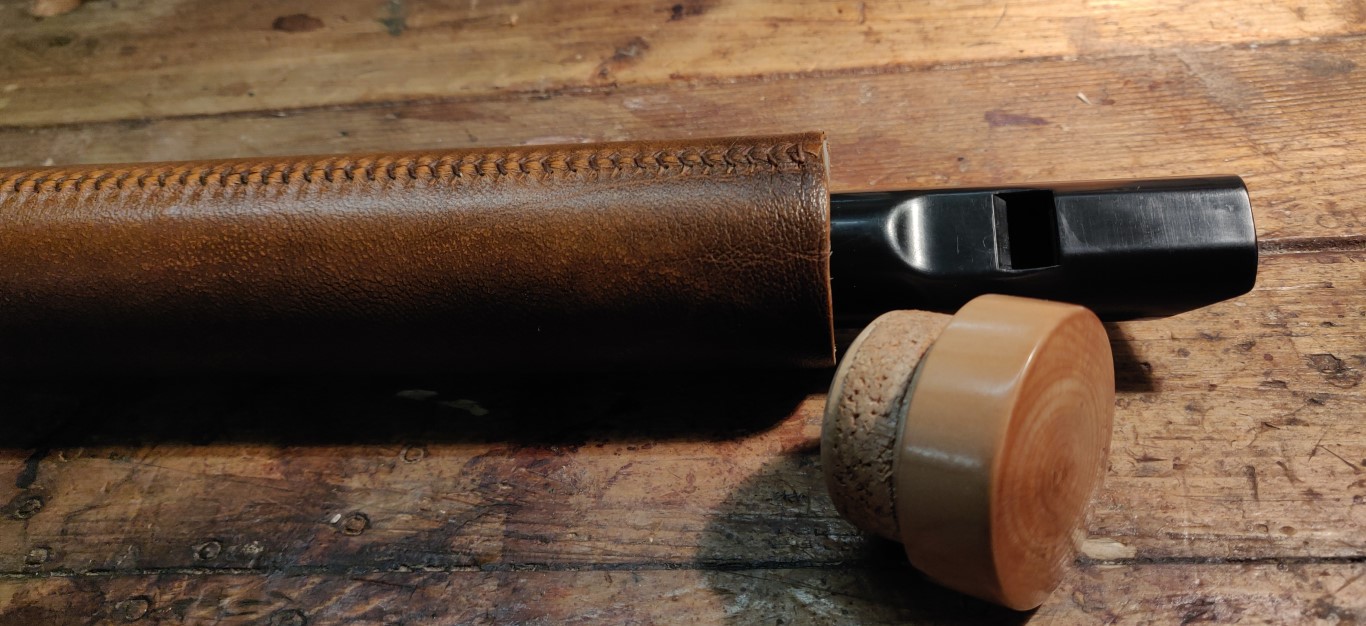
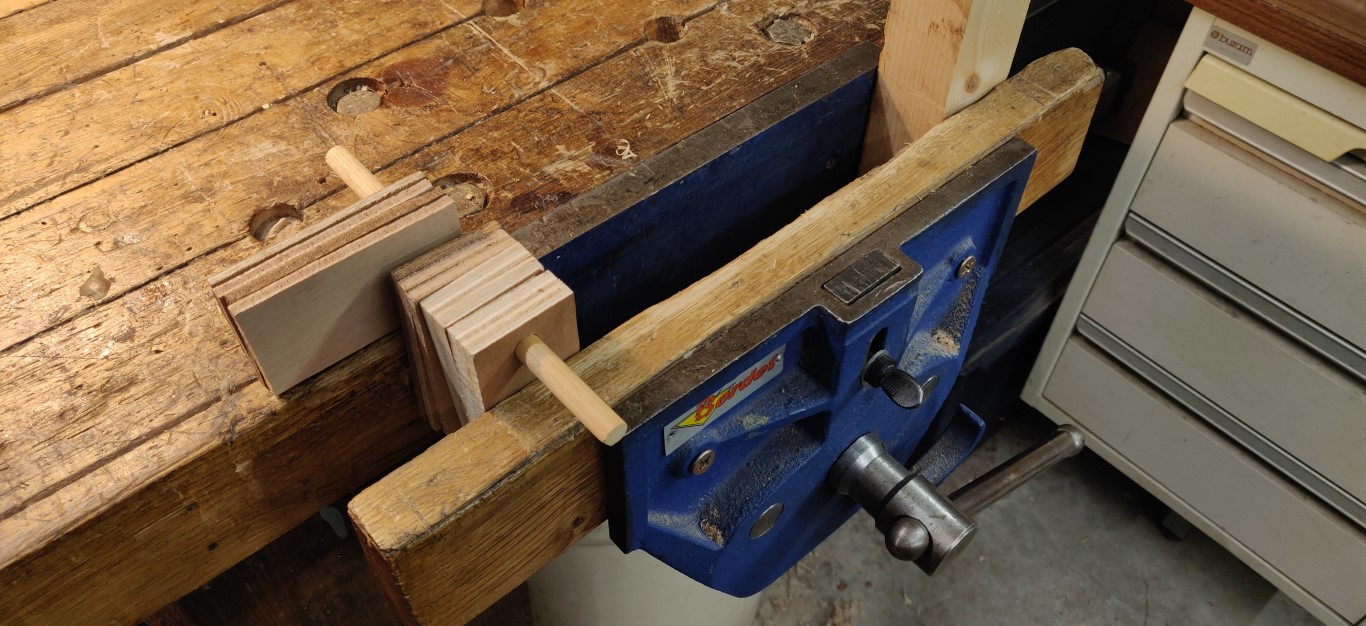
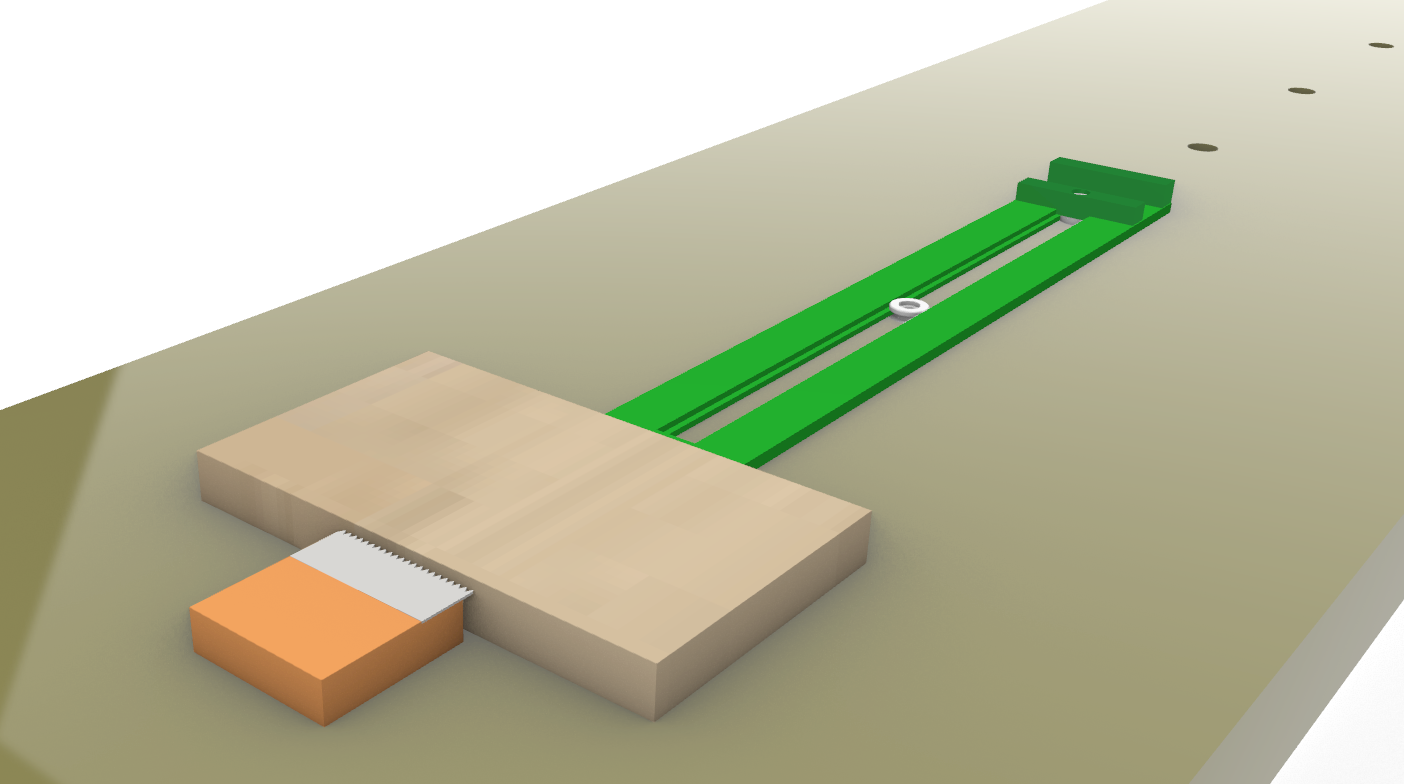
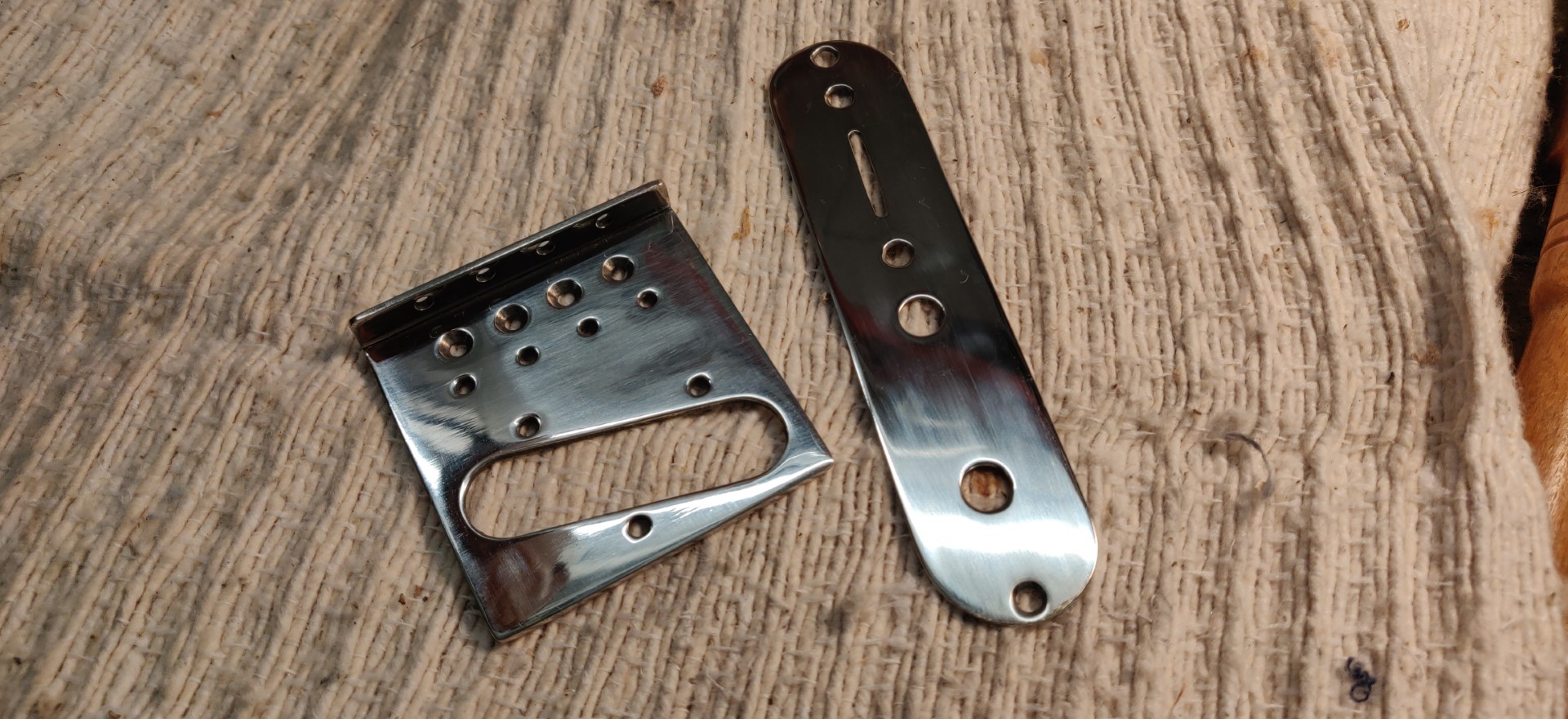
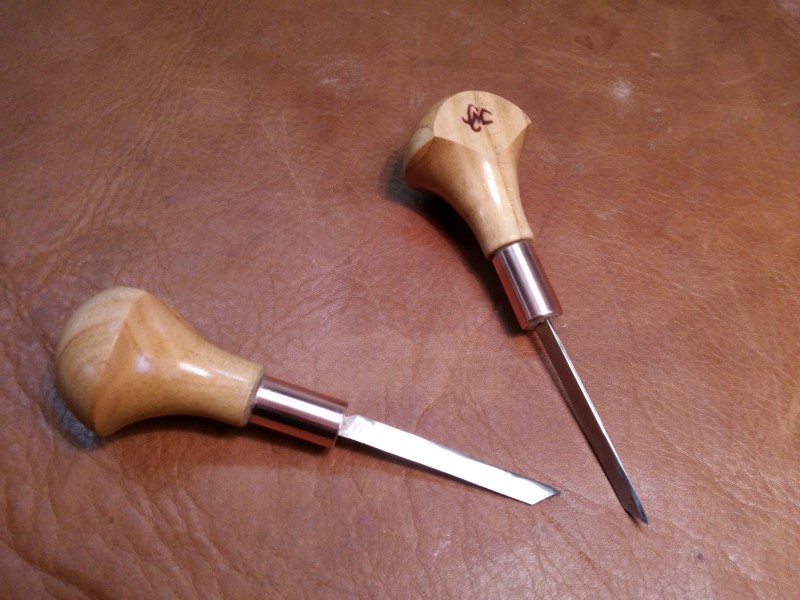
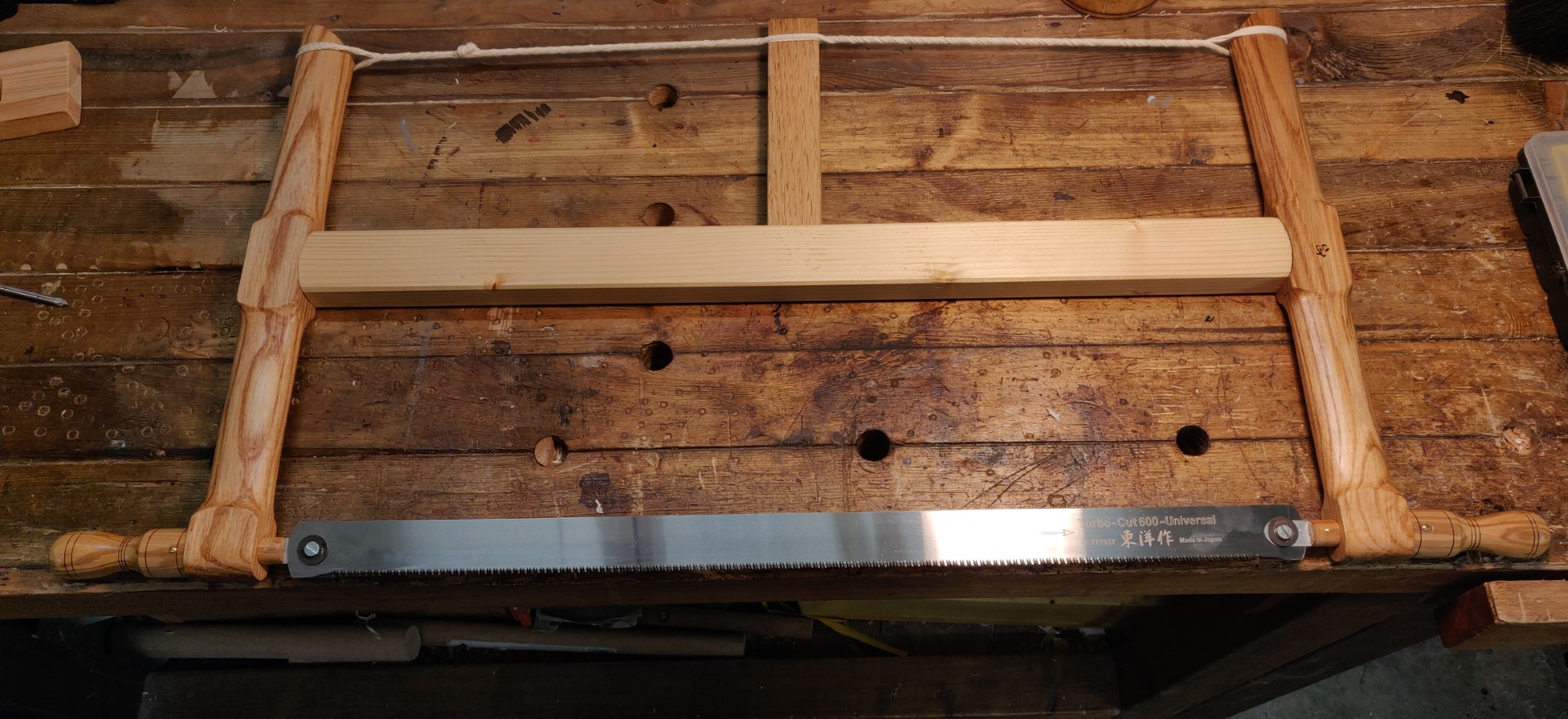
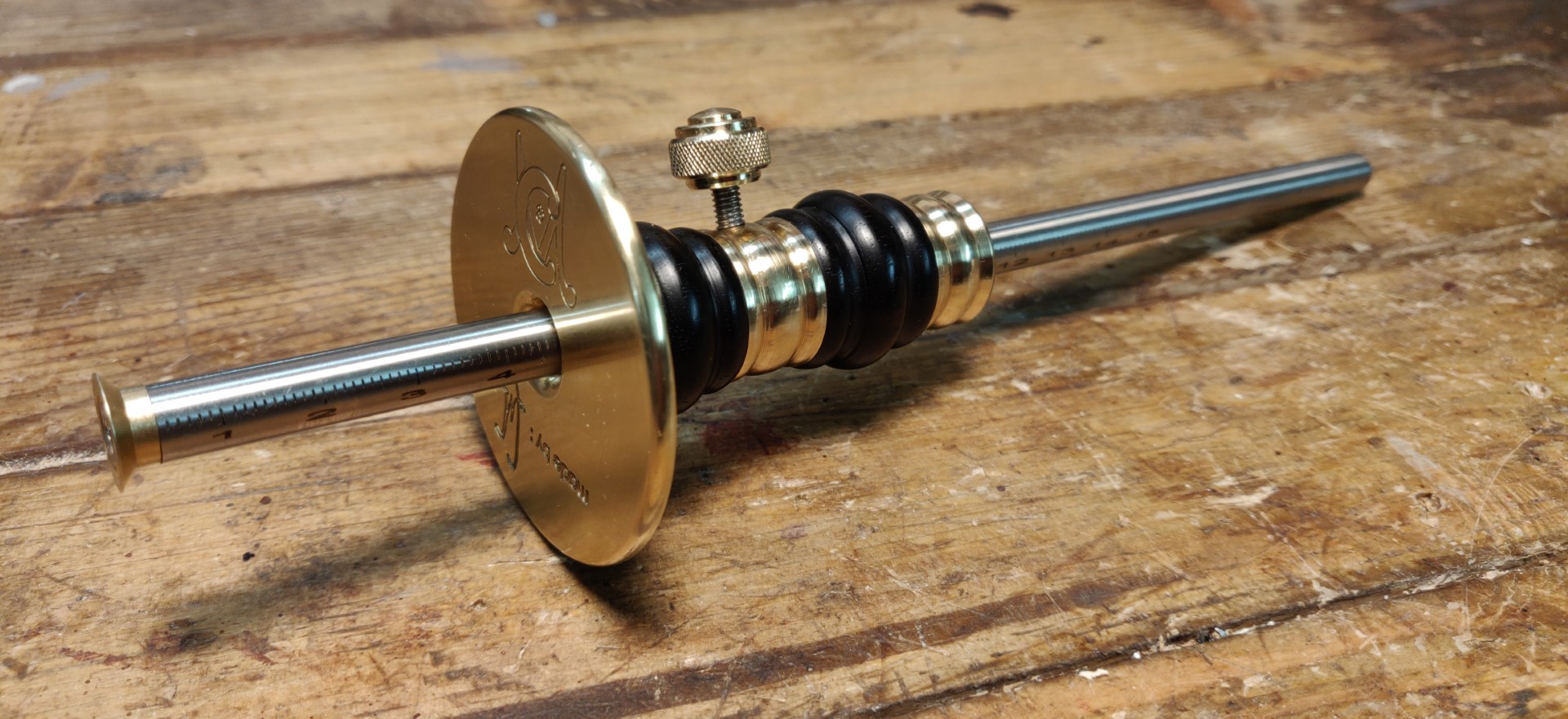
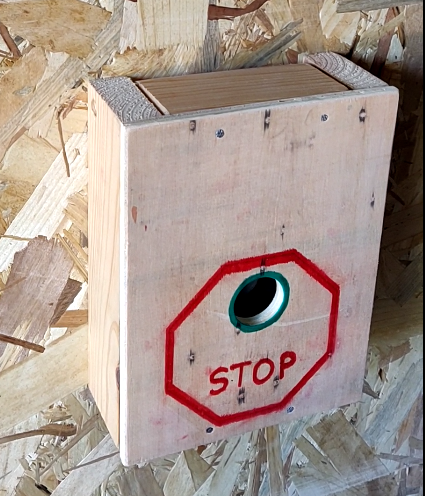
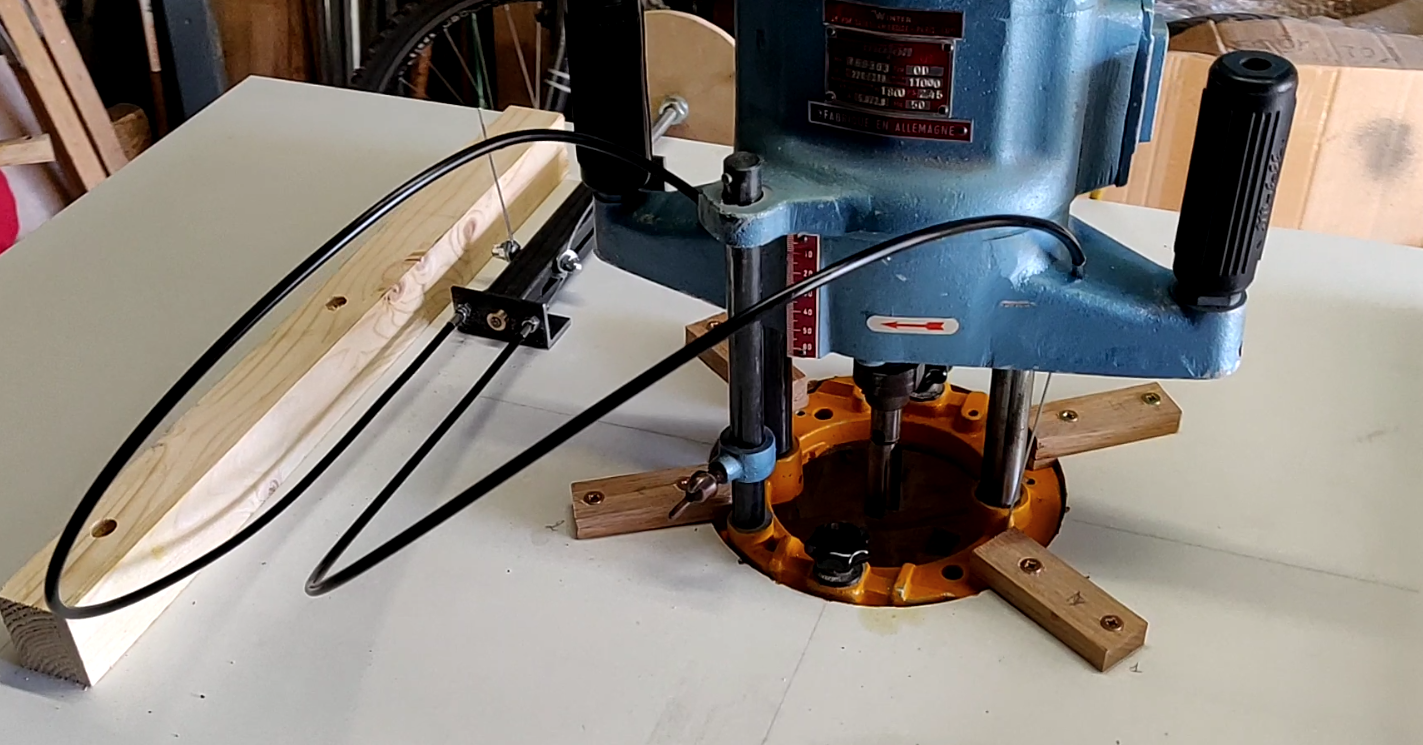
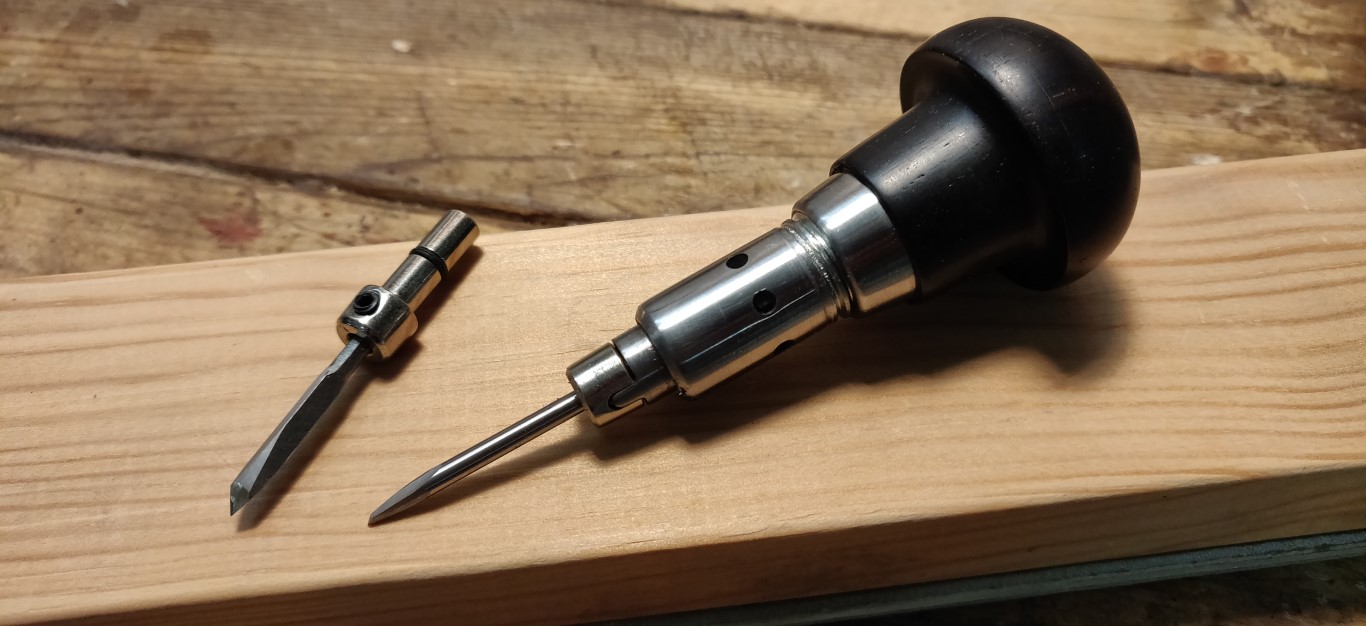
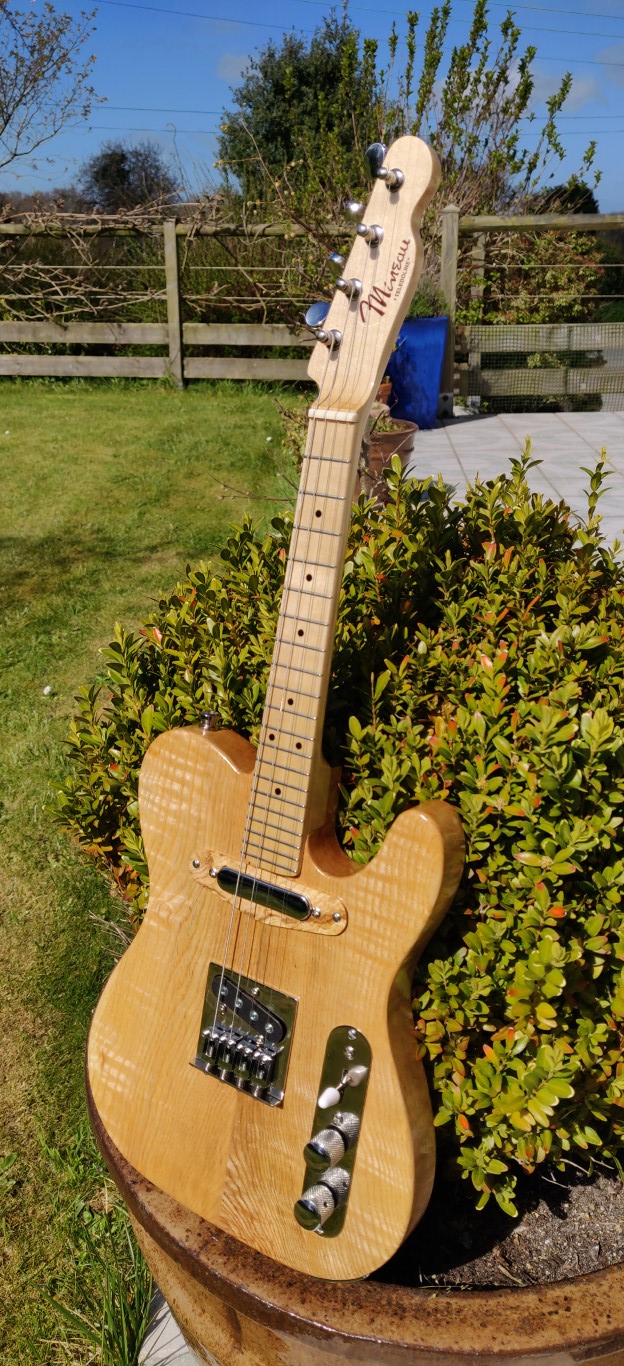
Older readers comments